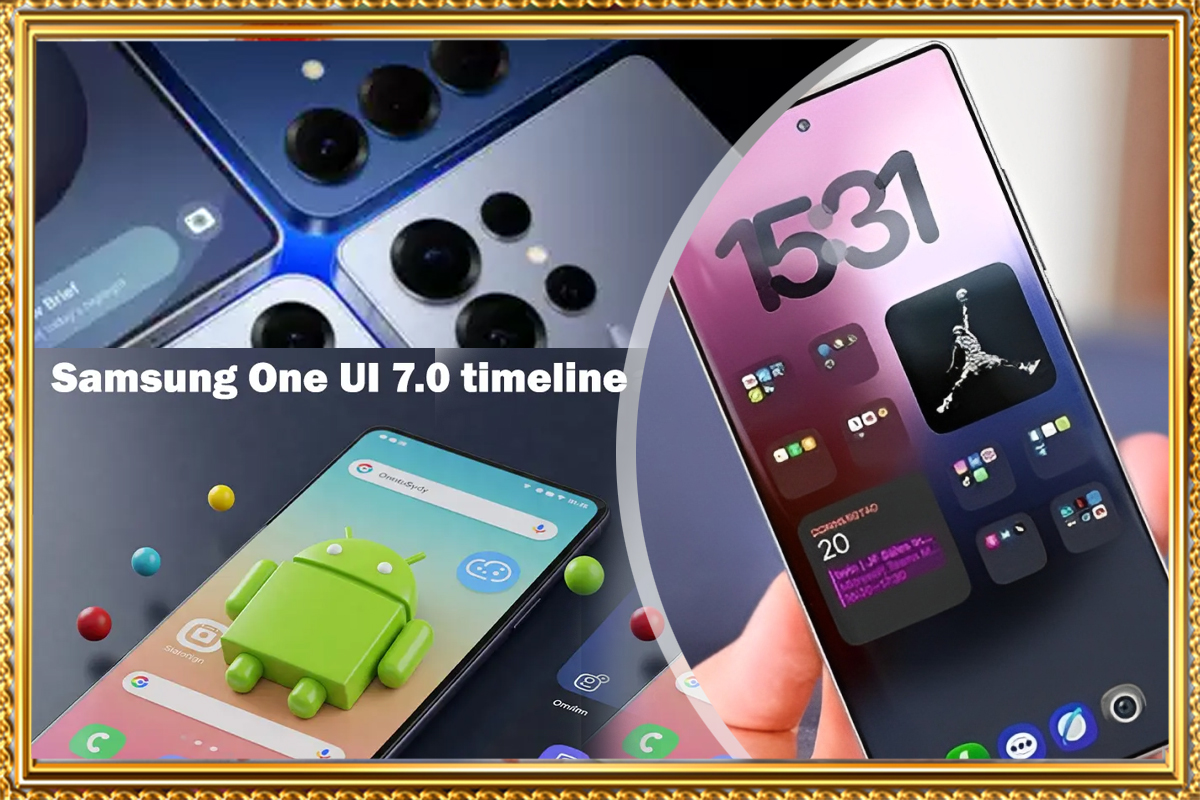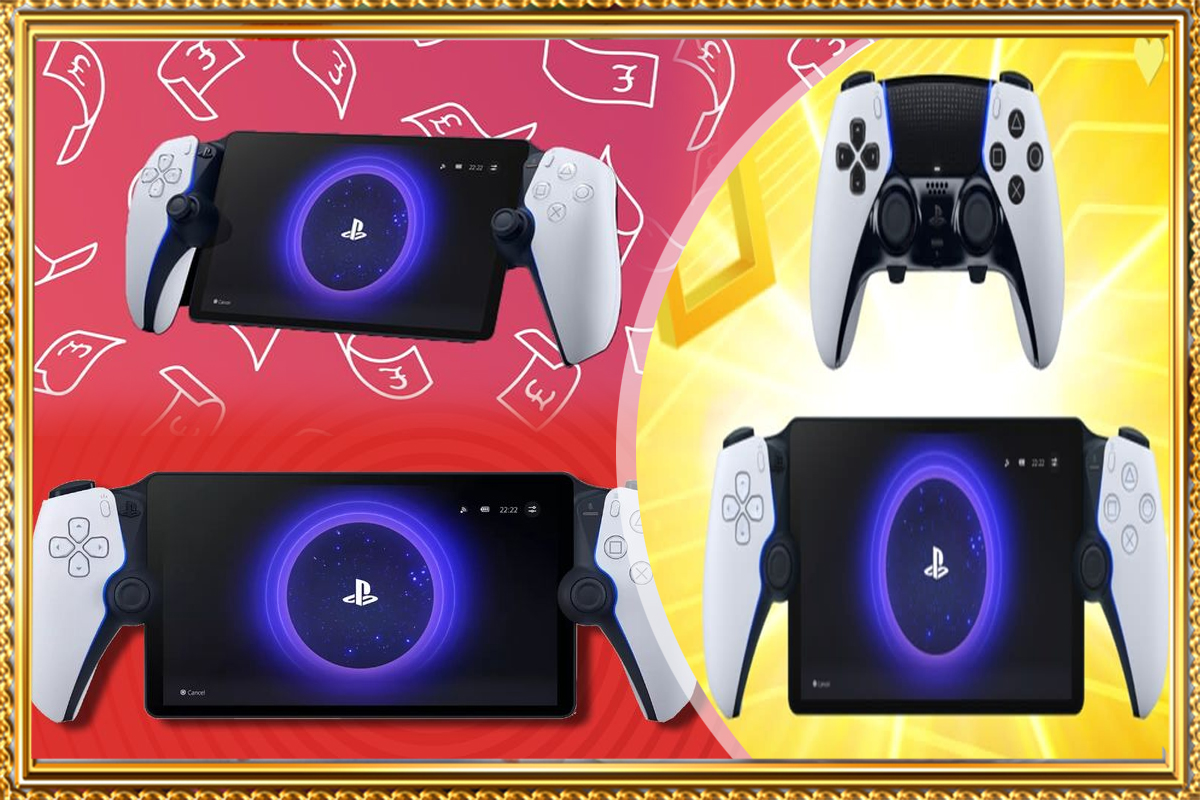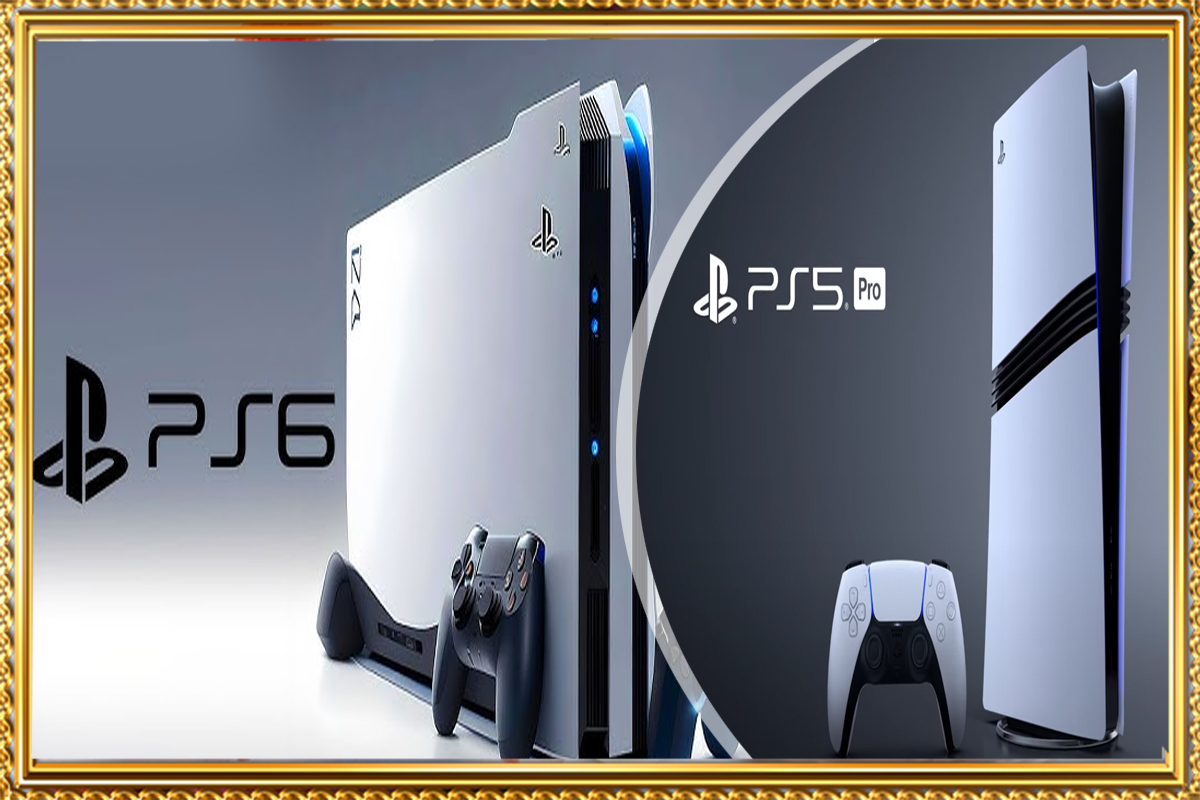How Samsung One UI 7’s Rounded UI Enhances Visual Comfort

Explore how the introduction of rounder UI elements in Samsung's One UI 7 enhances the overall aesthetic and user experience of Galaxy devices.
Samsung's One UI has consistently evolved to meet user expectations, blending functionality with aesthetic appeal. The latest iteration, One UI 7, marks a notable departure from previous designs by embracing rounder UI elements. This article delves into the implications of this design choice, examining its potential benefits and drawbacks.
The Evolution of One UI
The Aesthetic Shift to Rounder Elements
Positive Aspects of Rounder UI Elements
Potential Drawbacks
User Feedback and Reception
User Feedback and Adoption Trends
FAQs
CONCLUSION
The Evolution of One UI
- Since its inception, One UI has prioritized user-centric design, focusing on ease of use and visual coherence. Each version has introduced refinements to enhance the user experience. With One UI 7, Samsung has undertaken a comprehensive redesign, aiming for a more modern and cohesive look.

The Aesthetic Shift to Rounder Elements
- One of the most prominent changes in One UI 7 is the adoption of rounder UI elements. This includes softer edges on app icons, buttons, and various interface components. The move towards rounder aesthetics aligns with contemporary design trends, which favor organic and approachable visuals.
Positive Aspects of Rounder UI Elements
- 1. Enhanced Visual Appeal Rounder elements often appear more inviting and less rigid than sharp-edged designs. This can make the interface feel more friendly and engaging to users. 2. Improved Focus and Readability Softer shapes can guide the user's attention more effectively, reducing visual clutter and making it easier to focus on essential tasks. 3. Consistency with Modern Design Trends The shift towards rounder elements brings One UI 7 in line with current design philosophies, ensuring that Samsung's interface remains contemporary and appealing. 4. Better Ergonomics for Touch Interaction Rounder buttons and interface components can improve touch accuracy, reducing accidental taps and making the UI more user-friendly, especially on larger screens. 5. Seamless Integration with Foldable and Curved Displays Samsung's push toward foldable and curved-display devices benefits from rounded UI elements, as they complement the hardware design and provide a more immersive experience. 6. Enhanced Visual Harmony Across Apps Many third-party apps have already adopted rounder elements. The redesign of One UI 7 ensures better consistency between Samsung’s UI and popular applications, improving the overall user experience. 7. Reduced Eye Strain Softer edges and curves create a smoother visual flow, which can reduce cognitive load and eye strain when navigating the UI for extended periods. 8. Psychological Impact of Rounded Shapes Studies suggest that rounded shapes evoke a sense of warmth and approachability, making the UI feel more inviting and comfortable to interact with. 9. Improved Gesture Navigation Experience With more fluid animations and rounded UI components, gesture navigation feels smoother and more natural, enhancing the overall user experience. 10. Better Compatibility with Dark Mode Rounder UI elements contribute to a more visually cohesive experience in Dark Mode, reducing harsh contrasts and making nighttime usage easier on the eyes. 11. More Intuitive Notifications and Pop-Ups Rounded corners on notifications and pop-up windows create a softer and less intrusive feel, improving the readability of alerts without feeling overwhelming. 12. Aligns with AI and Adaptive UI Enhancements As AI-driven UI elements become more common, rounder shapes allow for smoother transitions and adaptive UI changes, improving responsiveness to user interactions. 13. Enhanced Accessibility For users with visual impairments, rounded buttons and UI components can make it easier to distinguish interactive elements from non-interactive ones, improving usability.
Potential Drawbacks
- 1. Adjustment Period for Users Long-time users accustomed to the previous design may require time to adapt to the new aesthetics. Initial unfamiliarity could lead to a temporary decline in user satisfaction. 2. Perceived Lack of Professionalism Some users might associate rounder designs with a less professional appearance, preferring the traditional sharp-edged interface for its perceived formality. 3. Possible Increase in Screen Space Usage Rounder UI elements might take up more screen space compared to sharp-edged designs, potentially affecting how much information can be displayed at once. 4. Customization Limitations While Samsung provides some customization options, users who prefer sharper UI elements may find limited alternatives within the default settings. 5. Impact on Power Users Advanced users who rely on a more structured and formal UI might find the rounded design less efficient for productivity-focused tasks.
User Feedback and Reception
- Early feedback on One UI 7's design changes has been mixed. While many appreciate the modernized look and feel, others have expressed reservations about the departure from the classic design. As with any significant change, user opinions vary based on personal preferences and adaptability.
User Feedback and Adoption Trends
- • Initial User Adaptation Challenges Historically, major UI changes in One UI versions have received mixed reactions. Samsung may introduce gradual refinements based on user feedback. • Comparison with Other UI Designs Competing interfaces like Google’s Material You and Apple’s iOS have also embraced rounded aesthetics, suggesting a broader industry trend toward softer UI elements. • Potential Future Tweaks Samsung may refine the level of roundness in response to user feedback, offering balance between modern aesthetics and usability.
FAQs
- 1. What are the key design changes in One UI 7? One UI 7 features rounder app icons, buttons, and interface components, aiming for a softer and more modern aesthetic. 2. Will the new design affect device performance? The design changes are primarily visual and should not impact the performance of Samsung devices. 3. Can users revert to the previous design if they prefer? Samsung typically does not offer an option to revert to previous UI designs. However, users can customize certain aspects through themes and third-party launchers. 4. How can I provide feedback on the new design? Users can share their feedback through the Samsung Members app or participate in official forums to voice their opinions on One UI 7.
Conclusion

The introduction of rounder UI elements in Samsung's One UI 7 represents a bold step towards modernizing the user experience. While it offers several aesthetic and functional benefits, it may also pose challenges for users resistant to change. Ultimately, the success of this design evolution will depend on user acceptance and the tangible improvements it brings to daily interactions with Samsung devices.














Post a comment